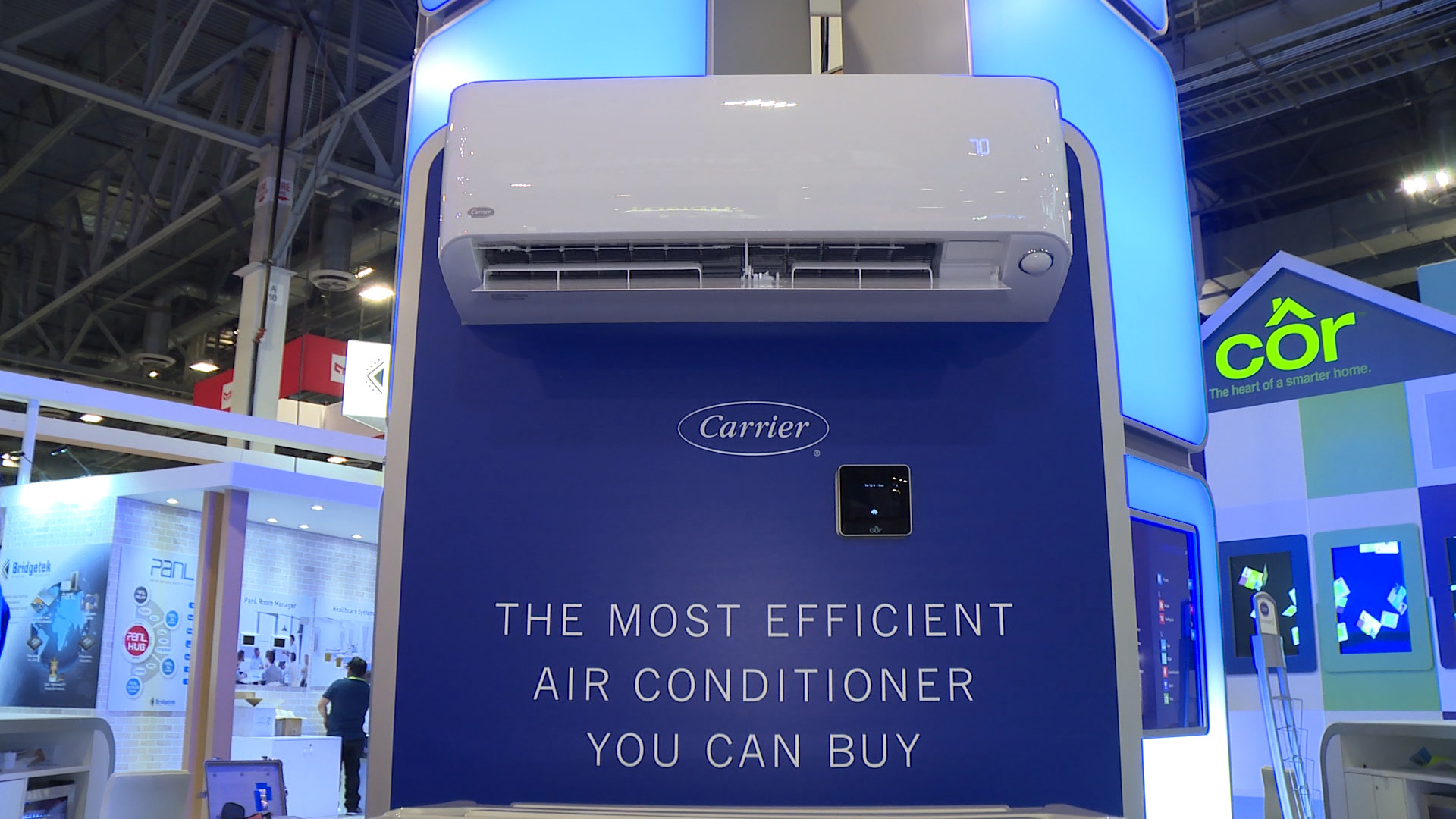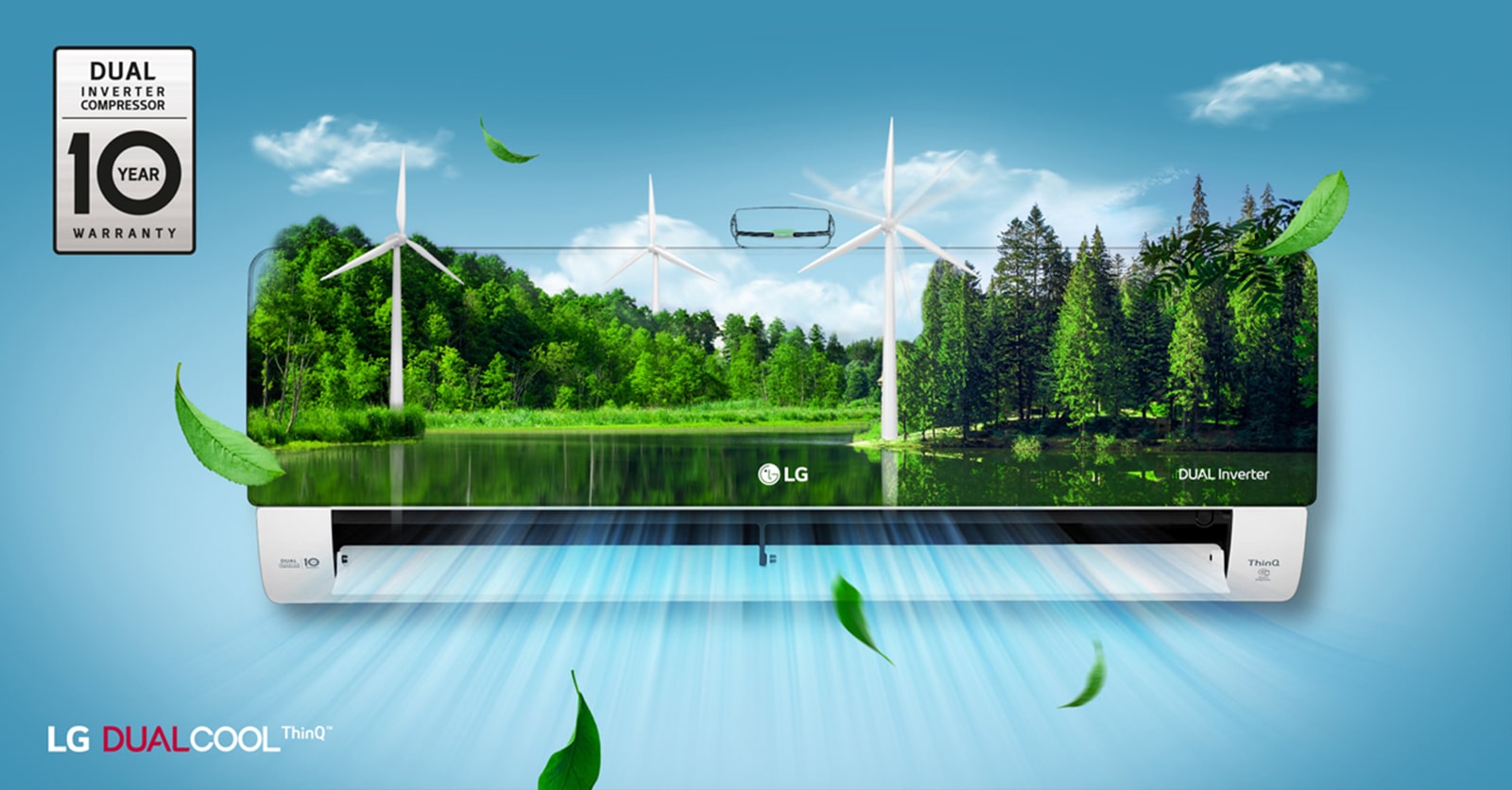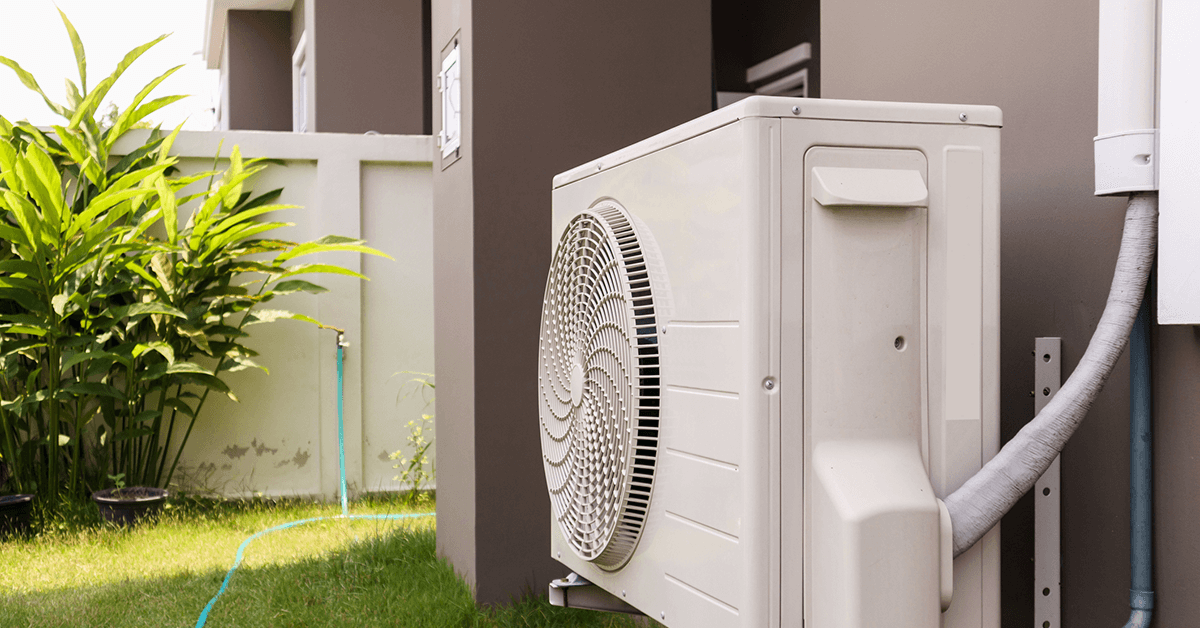What Is The Most Efficient Way To Use Ac

Using air conditioning (AC) efficiently is crucial for both your wallet and the environment. It's not just about blasting cold air; it's about understanding how your AC system works and implementing smart strategies to minimize energy consumption. This guide provides a comprehensive overview of how to use your AC most efficiently.
Understanding Your AC System
Before diving into efficiency tips, it's important to understand the basics of how your AC works. Most residential AC systems are central ACs or window units. They all operate on the same principle: transferring heat.
Think of refrigerant as the "blood" of your AC system. It circulates between the indoor and outdoor units, absorbing heat from inside your home and releasing it outside. The key components of a central AC system include:
- Compressor: The heart of the system, compressing the refrigerant and increasing its temperature.
- Condenser: Located outside, it releases the heat from the refrigerant to the outside air.
- Evaporator: Located inside, it absorbs heat from the indoor air, cooling it down.
- Expansion Valve: Controls the flow of refrigerant into the evaporator.
- Air Handler: Blows air across the evaporator coils, circulating the cooled air throughout your home.
SEER (Seasonal Energy Efficiency Ratio) is a rating that indicates the efficiency of an AC unit. A higher SEER rating means the unit is more efficient and will use less energy to cool your home. When buying a new AC, look for a high SEER rating to save on energy costs in the long run.
Optimizing Your AC Usage for Efficiency
Here are several strategies to maximize your AC's efficiency and minimize energy consumption:
1. Smart Thermostat Settings
Your thermostat is your primary control panel for AC efficiency. The biggest mistake people make is setting the thermostat too low. Every degree lower you set your thermostat, the more energy your AC consumes.
Ideal Temperature: The U.S. Department of Energy recommends setting your thermostat to 78°F (26°C) when you're home and higher when you're away. While this might sound warm, you'll be surprised how comfortable it can be with proper air circulation.
Programmable Thermostats: Invest in a programmable or smart thermostat. These thermostats allow you to set different temperatures for different times of the day. For example, you can program it to raise the temperature while you're at work and lower it before you arrive home. Smart thermostats can even learn your preferences and adjust automatically.
"Away" Mode: When you're going to be away from home for an extended period, set your thermostat to "away" mode. This will raise the temperature even further, saving you significant energy.
2. Regular Maintenance
Proper maintenance is essential for keeping your AC running efficiently. Neglecting maintenance can lead to decreased performance, increased energy consumption, and costly repairs.
Air Filter: The most important maintenance task is regularly replacing your air filter. A dirty air filter restricts airflow, forcing your AC to work harder and consume more energy. Check your filter monthly and replace it every 1-3 months, or more frequently if you have pets or allergies.
Coil Cleaning: The condenser and evaporator coils can become dirty over time, reducing their ability to transfer heat. Clean these coils annually or bi-annually using a coil cleaner or by hiring a professional.
Ductwork Inspection: Inspect your ductwork for leaks. Leaky ducts can waste a significant amount of cooled air, forcing your AC to work harder to maintain the desired temperature. Seal any leaks you find with duct tape or mastic sealant. Consider having your ductwork professionally inspected and sealed for optimal efficiency.
Professional Servicing: Schedule annual professional servicing for your AC system. A technician can inspect the system for potential problems, clean components, and ensure it's running efficiently.
3. Improving Insulation and Sealing
Even the most efficient AC system will struggle if your home is poorly insulated or has air leaks. Think of your home as a "cooler"; good insulation keeps the cold air in and the warm air out.
Insulation: Ensure your attic, walls, and floors are adequately insulated. Proper insulation will reduce heat gain in the summer and heat loss in the winter, making your AC and heating systems more efficient. Common insulation materials include fiberglass, cellulose, and spray foam.
Sealing Air Leaks: Seal any air leaks around windows, doors, and other openings. Use weather stripping, caulk, or expanding foam to seal these gaps. Even small leaks can add up and significantly impact your energy bills.
Window Treatments: Use window coverings such as blinds, curtains, or shades to block sunlight and reduce heat gain during the hottest part of the day. Consider using reflective window film to further reduce heat gain.
4. Optimizing Airflow
Proper airflow is crucial for distributing cool air throughout your home and preventing hot spots.
Clear Vents: Ensure that all vents are clear of obstructions, such as furniture or rugs. Blocked vents can restrict airflow and reduce the efficiency of your AC.
Ceiling Fans: Use ceiling fans in conjunction with your AC. Ceiling fans circulate air, making you feel cooler and allowing you to raise the thermostat setting slightly. Remember to set your ceiling fans to rotate counterclockwise in the summer to push air down.
Whole-House Fan: Consider a whole-house fan. This fan can exhaust hot air from your home in the evening and draw in cooler outside air, reducing the need for AC.
5. Smart Appliance Usage
Certain appliances generate a significant amount of heat, which can increase the load on your AC system. Be mindful of how and when you use these appliances.
Cooking: Avoid using your oven during the hottest part of the day. Consider using smaller appliances like a microwave or toaster oven, or grilling outdoors. Cook meals that don’t require the oven and generate extra heat, especially during hot days.
Laundry: Run your washing machine and dryer during cooler parts of the day or in the evening. Consider air-drying clothes whenever possible to reduce the need for the dryer.
Lighting: Switch to energy-efficient LED lighting. Incandescent bulbs generate a significant amount of heat, which can increase the load on your AC.
6. Shade Your Outdoor Unit
The outdoor unit of your AC system works by releasing heat. If it's exposed to direct sunlight, it will have to work harder to dissipate that heat.
Plant Trees or Shrubs: Plant trees or shrubs around your outdoor unit to provide shade. Be sure to leave enough clearance around the unit for proper airflow.
Avoid Enclosing: Do not enclose your outdoor unit in a small space. This will restrict airflow and reduce its efficiency.
7. Consider a Smart AC System
Newer smart AC systems offer advanced features that can further improve efficiency. These features may include:
Zoned Cooling: Zoned cooling allows you to control the temperature in different areas of your home independently. This allows you to cool only the areas you're using, saving energy.
Inverter Technology: Inverter technology allows the AC compressor to adjust its speed based on the cooling demand. This results in more consistent temperatures and reduced energy consumption.
Smart Home Integration: Smart AC systems can be integrated with other smart home devices, such as smart thermostats and lighting systems, for even greater energy savings.
8. Energy Audits
Consider scheduling a professional energy audit of your home. An energy auditor can identify areas where you're losing energy and recommend solutions to improve your home's overall energy efficiency.
Infrared Scans: Auditors use infrared scanners to detect thermal leaks and insulation deficiencies.
Blower Door Tests: These tests measure air leakage rates in your home, helping identify areas that need sealing.
Conclusion
Using your AC efficiently is a combination of understanding your system, implementing smart strategies, and maintaining your equipment properly. By following the tips outlined in this guide, you can significantly reduce your energy consumption, lower your utility bills, and help protect the environment. Remember that consistency is key. Small changes to your habits and regular maintenance can add up to substantial savings over time.










